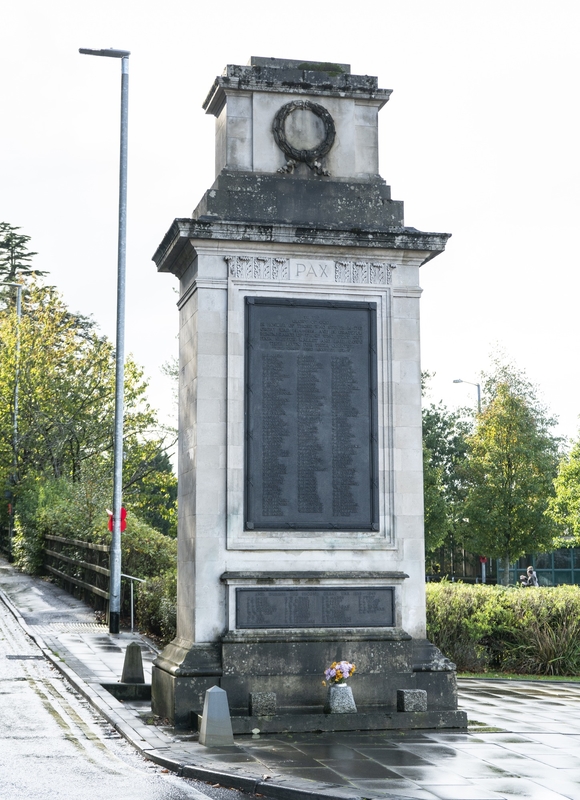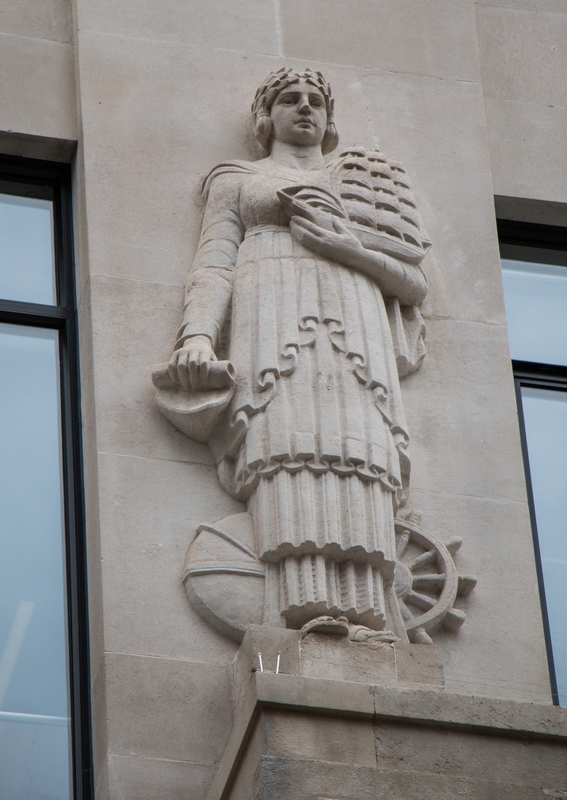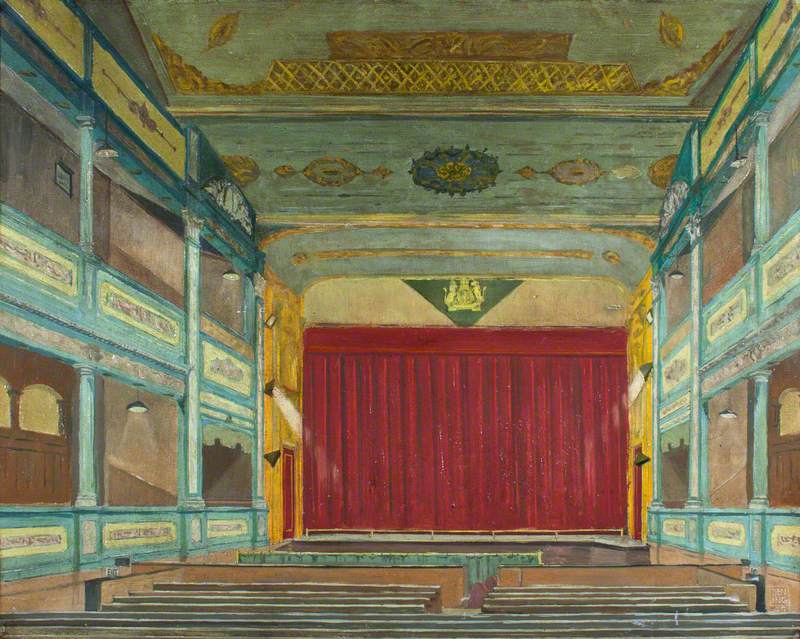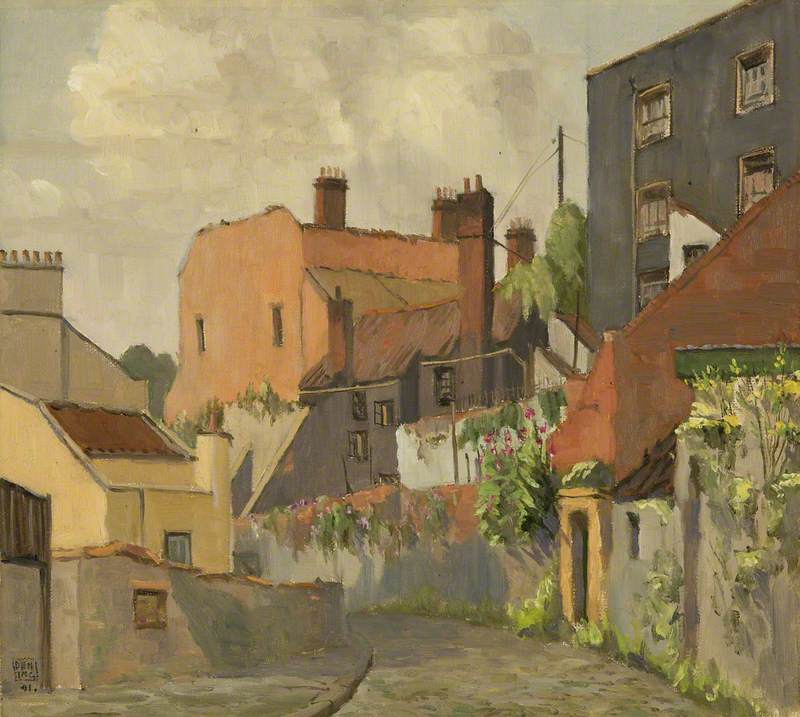
Charles Frederick William Dening (1876–1952) and Doddimead & Son and Lewis Smallcorn (1874–1953)
Charles Frederick William Dening [also known as C.F.W. Dening] was born in Chard, Somerset, England on 21 December 1876 and was articled to Henry Dare Bryan (1868-1909) in Bristol, England from 1895 to 1899. He remained with him as his assistant until 1901 when he commenced independent practice as an architect in Bristol. From 1901 to 1918 he was in partnership with Ernest George Rodway (1876-1962) as Rodway & Dening. In 1912 Dening was awarded first prize in a Country Life competition for a £550 eight-roomed holiday cottage. Dening was elected a Licentiate of the Royal Institute of British Architects (LRIBA) in 1910, and a Fellow of the Royal Institute of British Architects (FRIBA) in 1913. He was also a member of the Bristol Society of Architects and its President from 1926 to 1928.
Following World War One, Dening was commissioned to design a number of war memorials including for Portbury, Guildford, Shepton Mallet and Portishead. In the 1930s he designed several swimming pools including Bristol South in Bedminster (1929-31), Shirehampton (1931), Speedwell (1935) and Knowle (1935). He also designed the Central Health Clinic on Tower Hill, Bristol (completed in 1937); and several swimming baths in the Bristol area including Bristol South in Bedminster (1929-31), Shirehampton (1931), Speedwell (1935) and Knowle (1935).
In addition to his work as an architect, he was also a painter and during World War Two painted evocative scenes of the devastation caused by bombing raids during the Bristol Blitz of 1943.
He exhibited at the Royal West of England Academy in Bristol; at the Royal Academy, Royal Institute of Oil Painters, and the Royal Institute of Painters in Water Colours in London. He was elected a member of Bristol Savages in 1919 and was its President in 1925. He was also a keen photographer and was President of the Bristol & West of England Photographic Society. Dening was the author and illustrator of books on the architecture of Georgian Bristol.
His address was given as The Hut, Portishead, Bristol in 1910 and 1913; and Gaunt House, Orchard Street, Bristol in 1910 and 1939. He died in Bristol, Gloucestershire on 26 June 1952.
Text source: Art History Research net (AHR net)
Text source: Art History Research net (AHR net)




